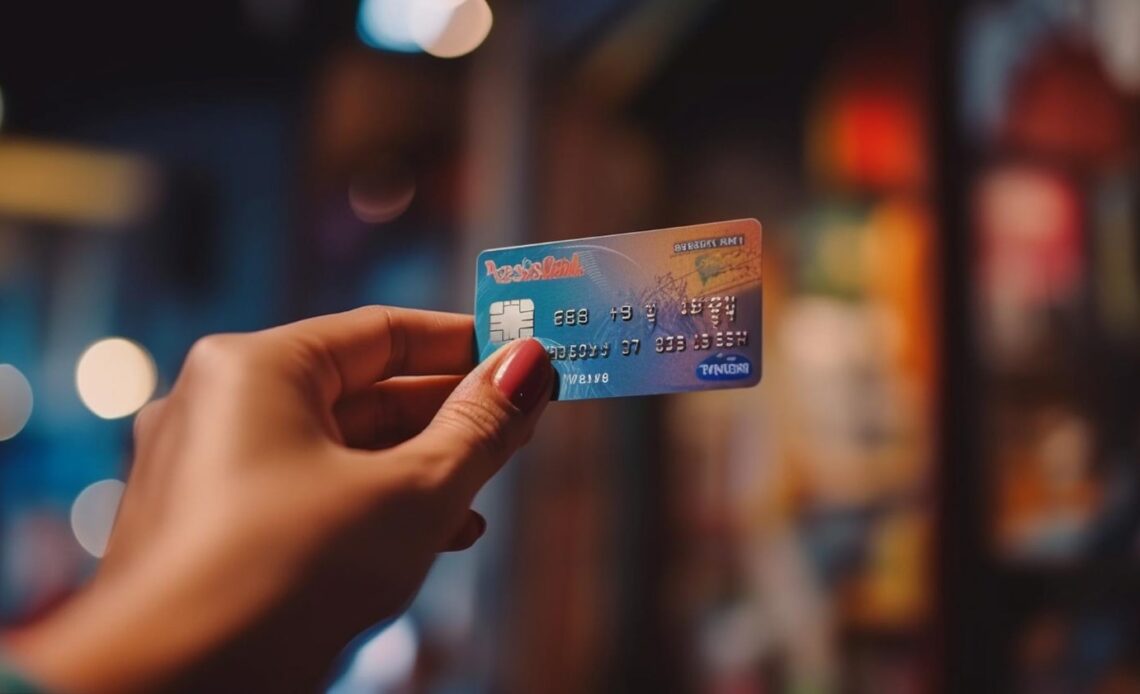In today’s increasingly digital world, the bulky wallet stuffed with cash is becoming a relic of the past. Credit cards offer a convenient and secure way to pay for everything from groceries to travel, but navigating the world of credit cards can feel overwhelming. This guide simplifies the jargon and empowers you to find the perfect card to fit your needs.
Why Credit Cards Rule
Forget fumbling with cash or counting out exact change. Credit cards offer a streamlined payment experience. Simply swipe your card and you’re done. Transactions are also recorded electronically, making it easier to track your spending and manage your budget. Additionally, many credit cards come with valuable benefits and rewards programs, turning everyday purchases into points, miles, or cash back that can be redeemed for travel, merchandise, or statement credits.
Choosing Your Perfect Card
The ideal credit card depends on your individual spending habits and financial goals. Do you prioritize rewards and travel perks? Are you looking for a low interest rate to help manage debt? Perhaps you simply want a no-frills card with no annual fee. Analyzing your spending patterns is the first step. If you consistently pay your balance in full each month, a rewards card with a cash back program or travel miles could be a great option. However, if you tend to carry a balance, a low-interest card will save you money on interest charges in the long run. Be sure to consider not just the headline interest rate, but also any annual fees associated with the card.
Understanding Key Terms
Before applying for a credit card, it’s important to understand some key terms. The interest rate is the fee you’ll be charged on any unpaid balance. By paying your statement in full each month, you can avoid interest charges altogether. The annual fee is the yearly cost of owning the card. Some cards have no annual fee, while others may have fees that range from low to high depending on the card’s features and benefits. The grace period is the timeframe you have to repay your balance without incurring interest. This period typically lasts around 44-55 days, but it’s always best to check the specific details of your card. Finally, the minimum payment is the smallest amount you must pay each month to avoid a late fee. However, paying only the minimum payment won’t pay off your balance and will continue to accrue interest.
Remember: There’s no one-size-fits-all credit card. The best card for you depends on your unique financial situation and spending habits. By understanding the different types of cards available and comparing their features and benefits, you can make an informed decision and reap the rewards of credit card use.
Types of Credit Cards and How They Compare
Now that you understand the basics, let’s delve into the different types of credit cards available and how they stack up against each other:
- Low-Interest Cards: These cards are ideal for those who frequently carry a balance. They typically boast a purchase rate below 14% p.a., which means you’ll pay less in interest compared to other cards. However, they often come with an annual fee to offset the lower interest rate.
- No-Fee Cards: As the name suggests, these cards have no annual fee, making them a good choice for those who prioritize keeping costs down. However, the benefit of no annual fee often comes with a drawback: a higher purchase rate. This means you’ll pay more in interest if you carry a balance.
- Balance Transfer Cards: If you’re struggling with debt on other credit cards, a balance transfer card can be a lifesaver. These cards offer a low or even 0% interest rate on transferred balances for a limited time (often 12-18 months). This allows you to consolidate your debt onto one card and potentially save a significant amount of money on interest charges. However, be mindful of any balance transfer fees and ensure you avoid adding new charges to the card during the introductory period. Otherwise, you’ll be hit with the card’s regular (and likely higher) interest rate.
- Rewards Cards: For big spenders, rewards cards offer a way to earn points, cash back, or miles on everyday purchases. These cards often come with higher annual fees and purchase rates compared to no-fee cards. The key is to ensure the value of the rewards you earn outweighs the annual fee. Consider your spending habits and choose a card that offers rewards in categories you spend on most frequently, such as groceries, gas, or travel.
- Frequent Flyer Cards: If you’re a frequent traveler who loves a particular airline, a frequent flyer card can be a smart choice. These cards allow you to accumulate miles towards flights with your preferred airline. While they may have higher annual fees and purchase rates, the accumulated miles can translate to significant savings on flights.





You’re a really good writer. Very interesting story, written really well.